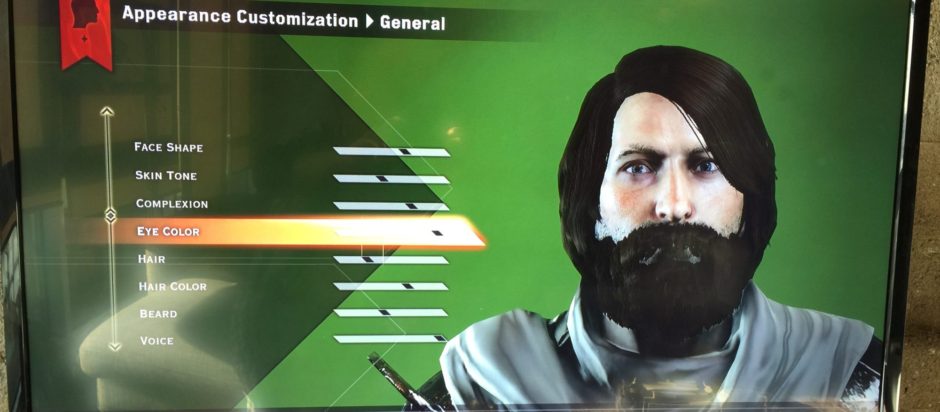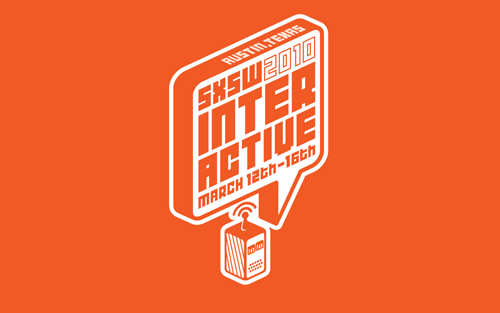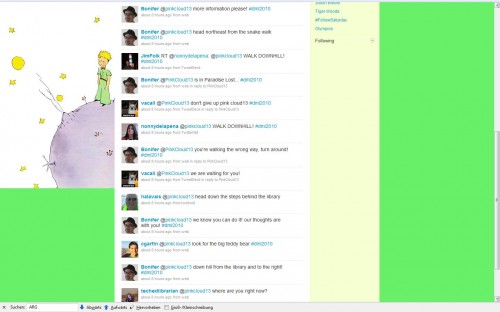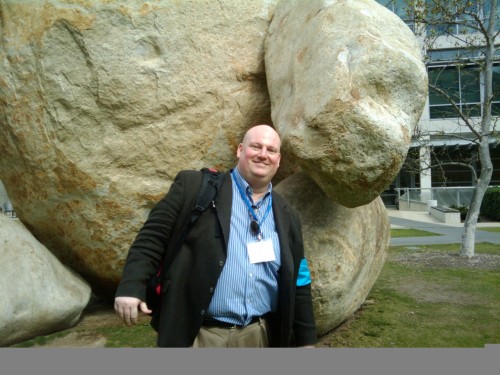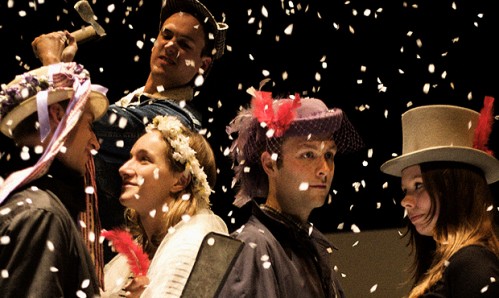[intro]Last month, I put out a call on the IGDA ARG SIG discussion list for information about the use of pervasive games and ARGs in museums, universities, libraries, and other institutions (for more on that, see this resource). One of the people who responded to this call was none other than Jeff Hull of nonchalance, the Bay Area urban art organization responsible for (among other things) the Jejune Institute, which happens to be one of my favorite pervasive story/game projects ever. Sensing that Jeff was a kindred soul of sorts, I asked him if he would do an interview about public space, community, and play.[/intro]

It strikes me that a lot of the work going on right now in location-based experience design can trace its origins back to Situationism, sticker art, and — going way back — graffiti. There are also some obvious connections to amusement park and museum design. What are the big touchstones for you?
Wow. I’ve never had any one zero in so accurately on my influences before. For years, before we started Nonchalance, I was doing a guerrilla campaign called Oaklandish that was really attempting to fuse together the ideals of Situationism and Street Art. We’d use multi-media devices and historicaly driven content to produce happenings designed to gather large groups of people together in negative urban spaces, so they could begin to interact with each other and the space around them in new ways. It was literally “the construction of situations”, with a strong post-graffiti mindset. Haring and Basquiat are like Patron Saints to me for the very literate, site-specific graffiti art they did early on. And, yes, we absolutely had an amusement park mentality as we are created the Games of Nonchalance. When I grew up I worked as a child performer at a place called “Children’s Fairyland” in Oakland, and it was this magical hokey little fantasy world, where you could literally fall down a rabbit hole. They had magic keys where you could turn them in a lock box and suddenly hear a recording of a nursery rhyme, while looking at a diorama of the cow jumping over the moon, or whatever. There was a yellow brick road leading through the park to an Emerald City. We want to present those kinds of interactions everywhere across the civic realm, so that trap doors and side hatches exist all around you, all the time, fuzed into the urban landscape.
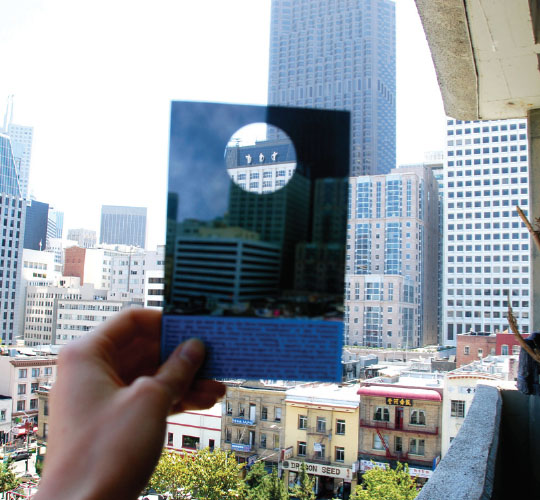
Over the past few years, a lot of different disciplines have been coming together around notions of embodied experience, public space, community, and play. Everyone from performance artists to game designers to educators and curators seem to be grasping at different versions of the same thing. But what *is* that thing? Do we even have a word for it?
Interestingly, most of our intern applicants have been architecture students. Somehow they’re all thinking about their work in a different way, too. There’s some kind of convergence. When I asked the question to our production manager Sara Thacher, she felt like it wasn’t necessarily useful to put a label on it, but we both agreed that the zeitgeist is happening. Sara is more interested in “why” so many different people are exploring this new “Third Space”. We agreed it is in part a reaction to the narrow confines of sanctioned activities in public space, which have been largely defined by commerce. We can legally: commute, shop, and drink a latte. Walk or run in a park between sun up and sun down. Otherwise you’re somehow suspect. People feel isolated by that. I think we’re all trying to loosen those reigns through their own individual contributions.
My name for it is Socio-Reengineering. That’s Jejune Institute terminology, and in our story it has dubious connotations, but we’re actually quite sincere about this aim. To infuse variability and play into the workaday world by re-engineering the way that people navigate and experience the space and the population around them. Sometimes it can happen in a seemingly spontaneous way, like a flash mob, and sometimes it is the result of meticulous design and effort.
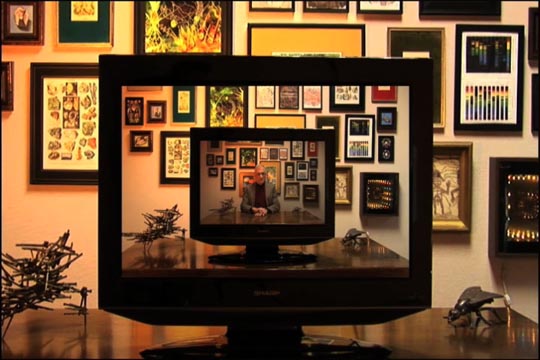
One thing I really like about the Jejune Insitute is the fact that it’s a cross-platform interactive narrative that works a little bit like a gallery installation: it’s just *there*, online, on the air, and in physical space. This represents a very different approach to storytelling than that found in more “traditional” ARGs, which are typically structured around the gradual unveiling of story information leading up to a climax event of some sort. What made you pick this different path? What did you gain (and/or lose) by abandoning the unity of time?
You’re correct about the induction center as “gallery installation”. We wanted to create an immersive automated well-curated environment, and to have it exist semi-permanantly. We were outsiders to the ARG universe, and totally ignorant of it’s culture and customs. So when we finally appeared at the ARG Fest-o-Con in Portland, we learned that we had inadvertently solved one of the major stumbling blocks of earlier ARG’s; “replayability”. What we had produced could be experienced over and over again, and shared with friends, and so on. The big trade off was that it was local. People in other parts of the world are not able to experience it directly. But ideally we’ll be able to produce unique experiences in other cities in the future. Every city should have their own game!
The other thing that led in this direction was that after doing work in the streets for so long I became very curious about those semi-public and private spaces as well. What are the boundaries between them? A corporate office building has all those questions built into them. There’s this very sterile environment that is in someways meant to intimidate people. We used that to our advantage in the narrative, and at the same time subverted it by asking people to explore and reexamine that space. That was a clear incentive for us in creating the induction center.
You’ve been embedding story and play into the Bay Area for a while now. What kind of dividends has this paid in terms of building community and bringing like-minded individuals together?
For players; yes, there’s definitely been a coming together of like-minded people, especially with the recently released Act IV. It emphasizes group play, inter-dynamics, and trust so that when the group completes the experience they have truly been through a rite of passage together. We’ve been hearing from participants that they have really gelled with other players this way and formed deeper bonds. You can really see it in the EPWA protest video; all these weirdos just coming out of the woodwork to party in the streets. Ironically, because I’ve remained “behind the curtains” for so long, I don’t feel like I’ve benefitted socially from any of these activities! I’m really looking forward to coming out from backstage more and interacting directly with the players in the future.
Is civic engagement an artistic imperative?
I’d say not. Great art can be something completely personal and private.
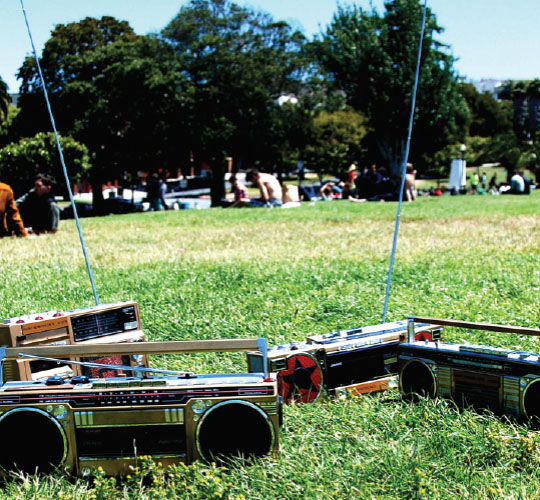
I live in Los Angeles. Do the kinds of projects we’re talking about work best in denser cities like San Francisco or London? Or can we imagine locative stories anywhere, and on any scale?
I view these productions as being fully scaleable. It’s not so much an issue of geography and architecture as much as culture. A map isn’t unpredictable, but people can be! Once you know who the participant is then you can begin to imagine how they might interact in that particular environment. For example, I’d love to produce something for Las Vegas. There is also the “Accomplice” game in Hollywood, which operates a little more like dinner theater in the streets.
If you go back to the 1990s, a lot of people were predicting that the future of storytelling and play was going to be defined by screens, VR goggles, and, ultimately, brain implants. Thankfully, it looks like that’s not the way we’re heading — at least not right away. Where do you see all this locative stuff going in the next few years?
Mobile technology can potentially allow us to get away from the screen and back into the real world. I’m awaiting a few app features to be developed so we can take our immersive experiences to a new level, and which would allow other users to create their own real world adventures. I want my phone to let me know about the secret discovery awaiting me right around the corner. Then I want to share that discovery. I foresee every institution with real space developing their own interactive mobile applications; the Magic Mountain choose-your-own adventure iPhone game, the MOMA interactive mystery tour, or the narrative based campus orientation experience, as you had mentioned. I think at first there will be a ton of poorly designed ones, until people get over the novelty of it and recognize it as a true art form, like film.
What’s next for nonchalance?
On the practical side, we just put together a board of advisors to help us develop our business. On the creative side, we’re talking to a potential collaborator right now in the mental health field about producing a multi-sensory maze that serves therapeutic purposes. It would essentially be an inward-bound expedition through the gauntlet of emotions, with positive achievements built into it. Have you ever been on Mr. Toad’s Wild Ride? It would be like that, but for your psyche. That’s one thing on the table, but we’re still looking at other opportunities.
Nonchalance‘s practice stands at the intersection of three core concepts: Narrative, Consciousness, and Space (both public and private). Founded in Oakland in 1999 by director Jeff Hull, the organization’s primary goal is to infuse more variability and play into the civic realm. Over the intervening years the team has comprised a fluctuating roster of collaborators that currently includes Sara Thacher, Sean Aaberg, and Uriah Findley. Past projects have included “Oaklandish,” “The Liberation Drive-In,” “Urban Capture the Flag,” and “The Bay Area Aerosol Heritage Society.” With over 100 free public events under its belt, Nonchalance has received thirteen consecutive “Best of the East Bay Awards,” and produced exhibits and installations for the Yerba Buena Center for the Arts, the Oakland Museum of CA, Southern Exposure and the Oakland International Airport. They are currently wrapping production on the “Games of Nonchalance,” an “Immersive Media Narrative” leading participants on a journey of urban exploration throughout San Francisco’s hidden present and past.
